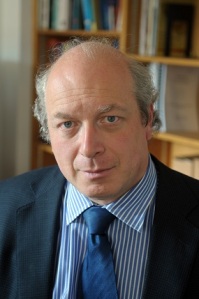
Image: joinmeeting.org
For more than three decades, Michael Simons has been working in medicine. A graduate of the Yale School of Medicine, Dr. Simons has spent many years teaching and studying medical topics such as cardiovascular biology. Michael Simons has been welcomed into several professional organizations, including the Association of American Physicians (AAP).
Since 1885, the AAP has been committed to promoting physician-led research in all fields relating to health and medicine. As part of this mission, the AAP hosts a joint annual meeting with the American Society for Clinical Investigation (ASCI) and the American Physician Scientists Association (APSA).
The meeting gives physician-scientists the opportunity to present and hear new discoveries in the field and collaborate with one another. The 2018 AAP/ASCI/APSA joint meeting is scheduled for April 20-22 at the Fairmont Chicago Millennium Park in Illinois. For more information, visit www.the-asci.org.

